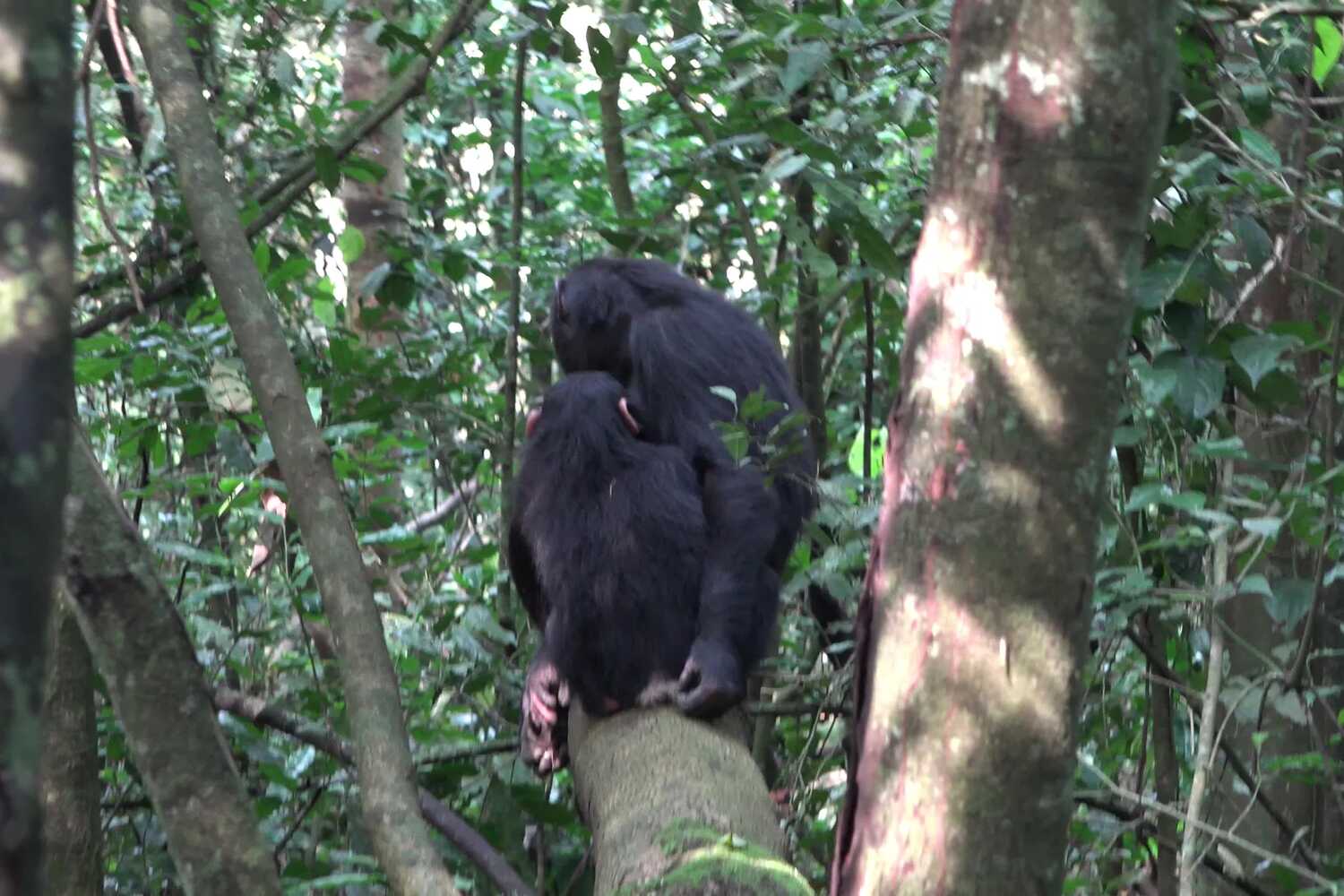Humans are known to invent private hand gestures. Chimps in the wild do, too, a new study suggests.
Parents and their children, or people who know each other well, often share some expression that is unique to them — a phrase or gesture that began by happenstance but gradually acquired a meaning that only they know.
The same is true of Beryl, a chimpanzee living in Kibale National Park, in Uganda, and her young daughter, Lindsay. When Lindsay wants to climb on her mother’s back and travel, she puts one hand over Beryl’s eye — a gesture that no other chimpanzee is known to make. It’s their own private sign.
“There are so many words or gestures or things that are almost like inside jokes, that only have a meaning with just one other person,” said Bas van Boekholt, a primatologist at the University of Zurich in Switzerland. “That happens very often to us humans. And now we also see that it happens in the wild, in chimps.”
Dr. van Boekholt first noticed the gesture in 2022 during his second field season at a chimpanzee community in Kibale called Ngogo. Scientists have worked with them since the early 1990s; the chimps are now so habituated that researchers accompany them for hours at a time, often observing from just a few yards away, documenting their lives in intimate detail.
Of particular interest to Dr. van Boekholt is chimpanzee communication, especially gestures. Chimps have a rich repertoire of them, which they use in ways that might not technically qualify as language but are certainly language-like. More than 80 gestures have been translated, including a palm-up, arm-extended request for food; a loud, long scratch that invites grooming; and a two-footed stomp that means “Stop that!”
